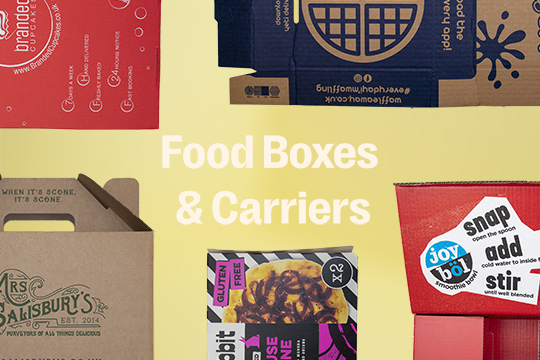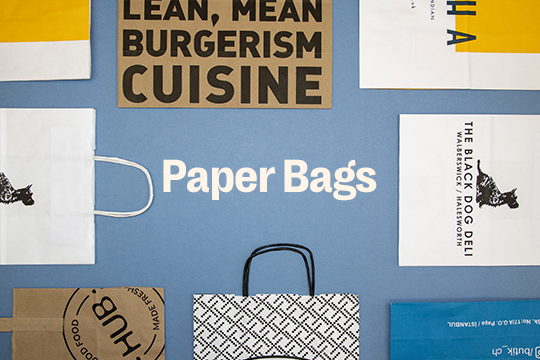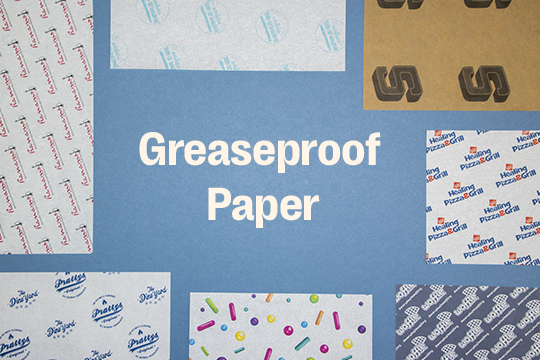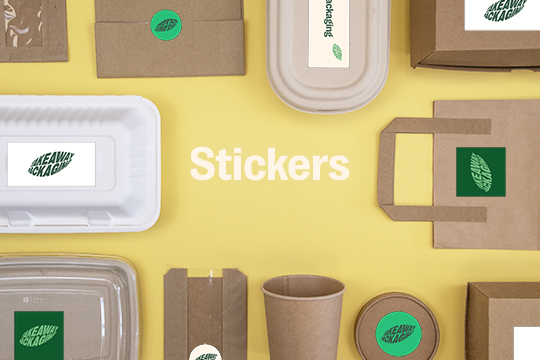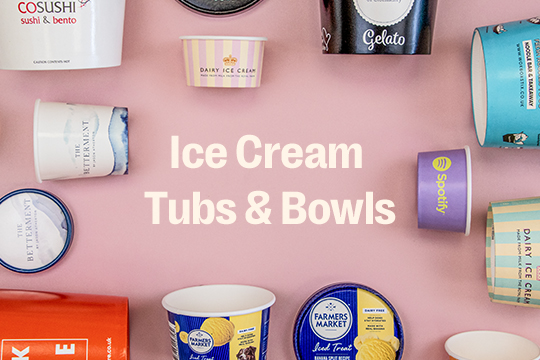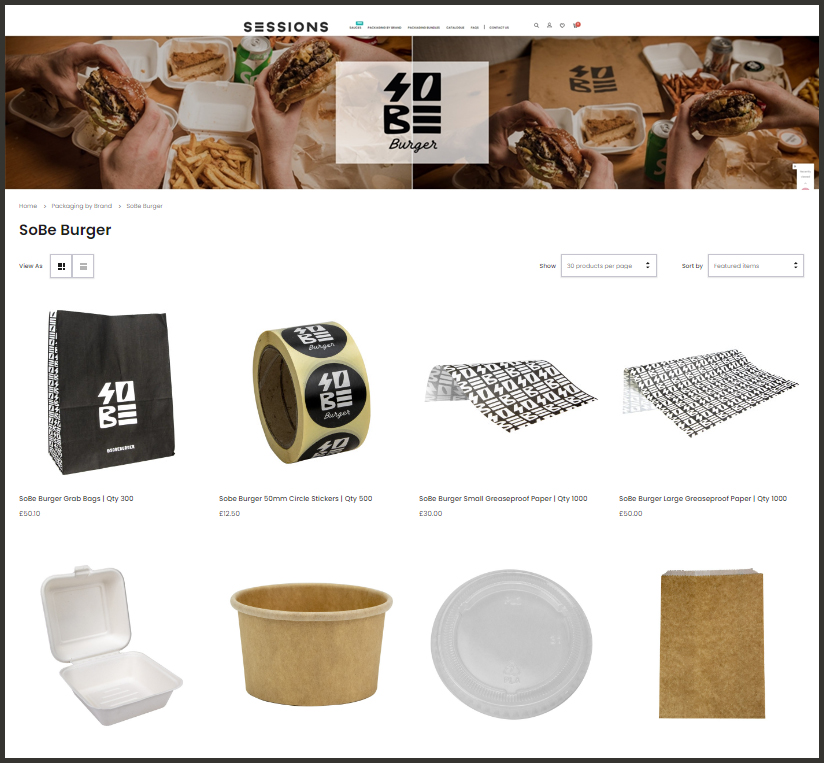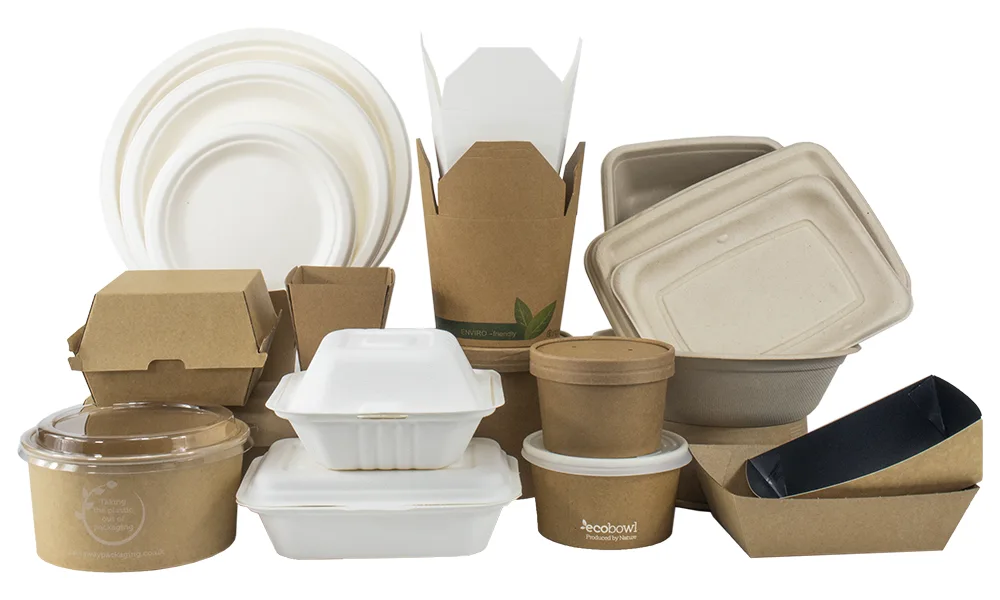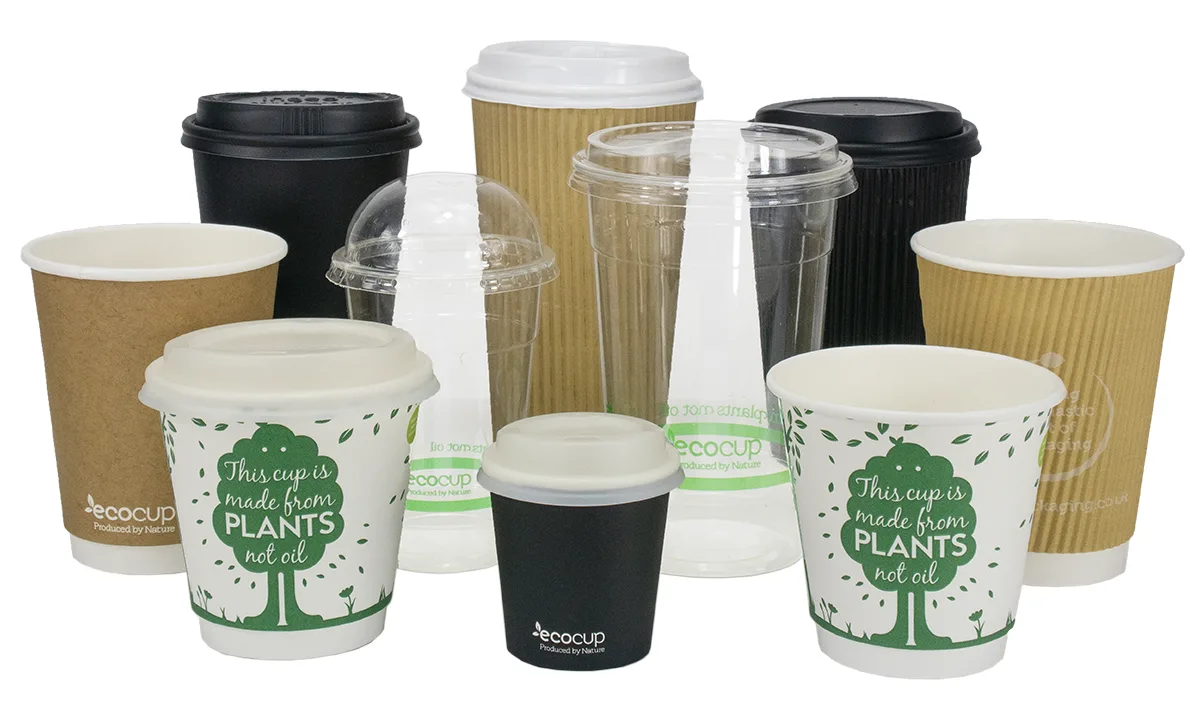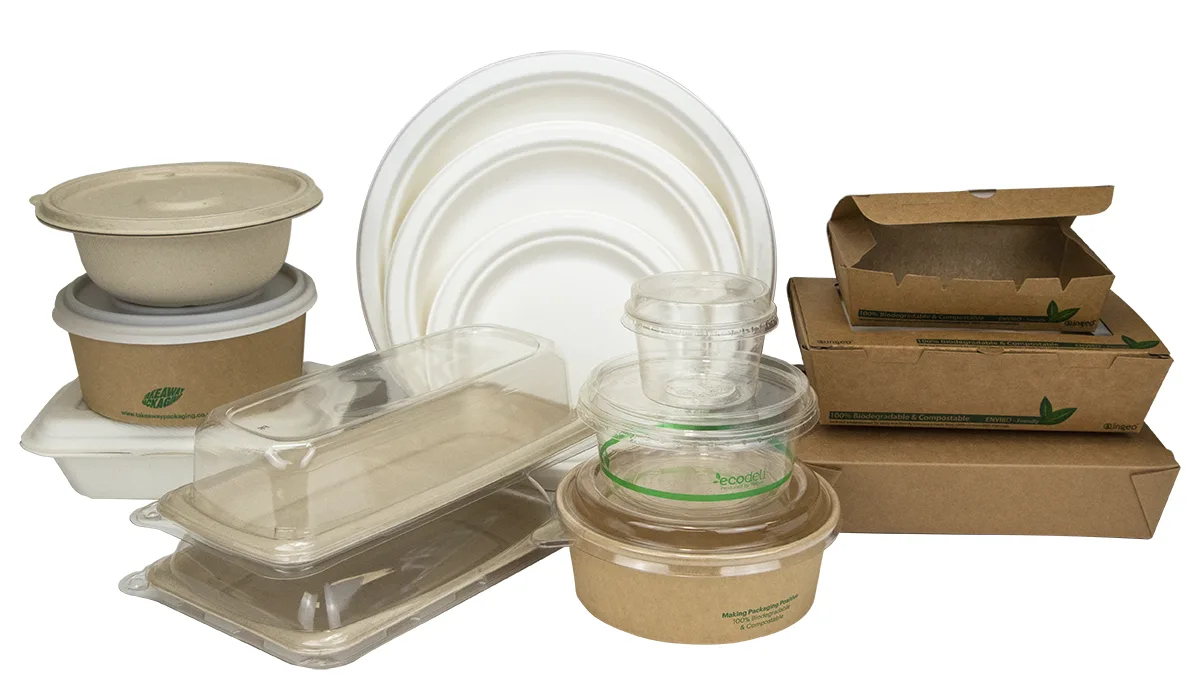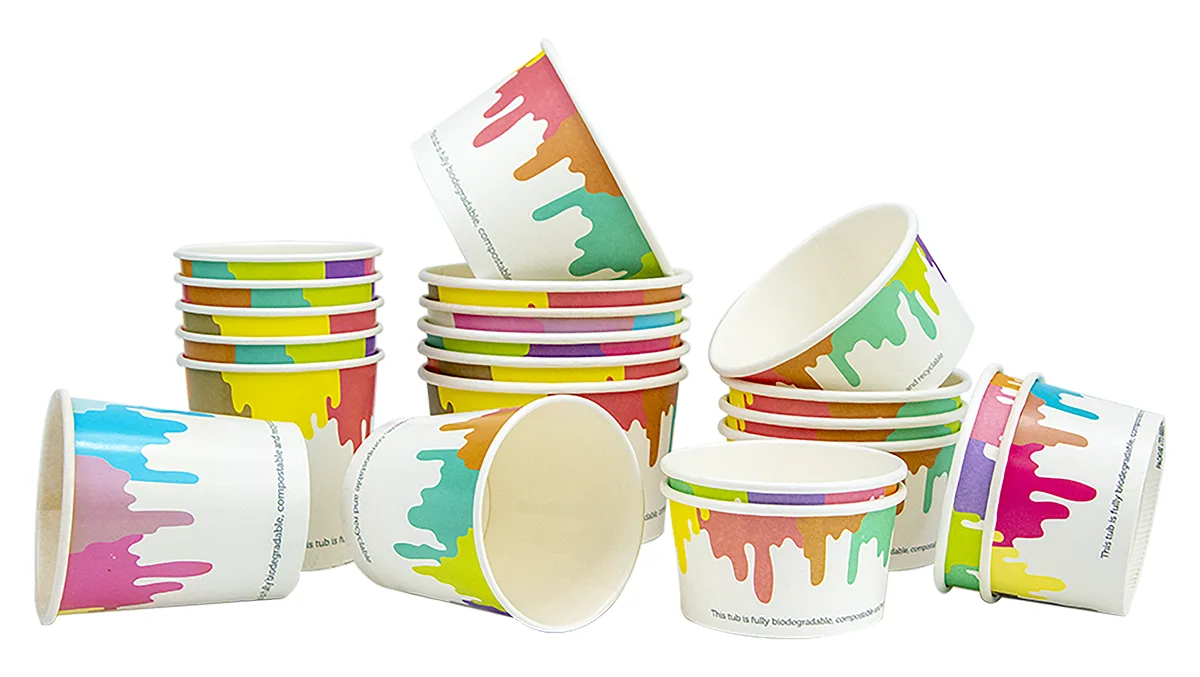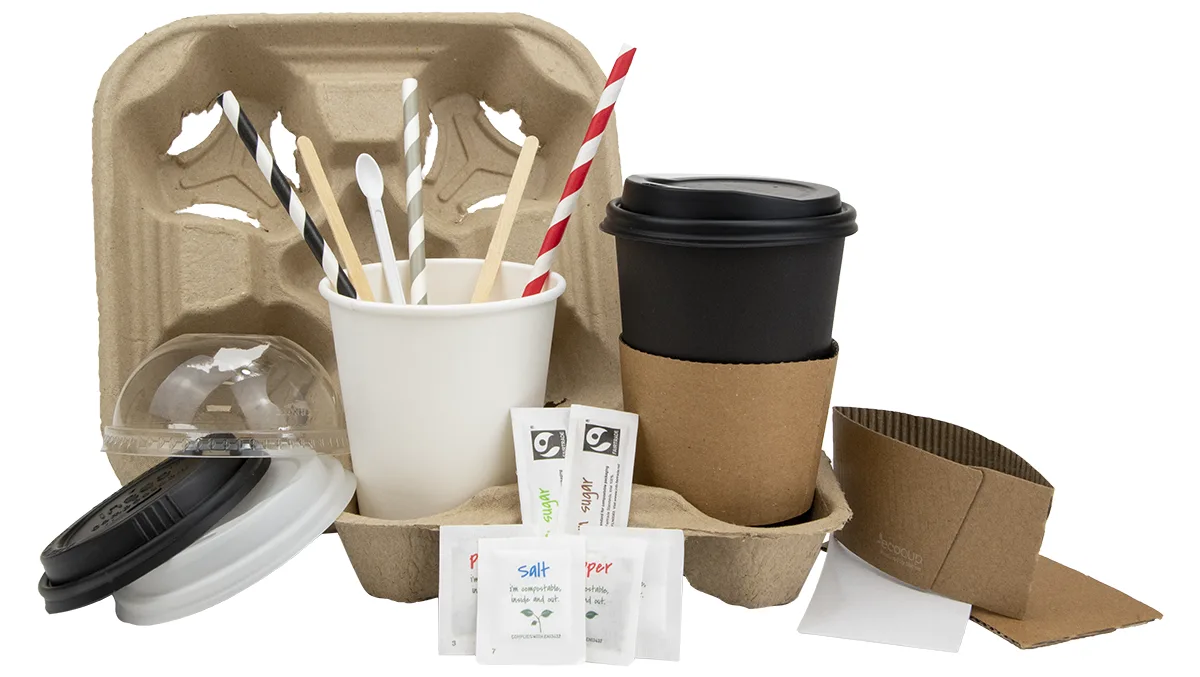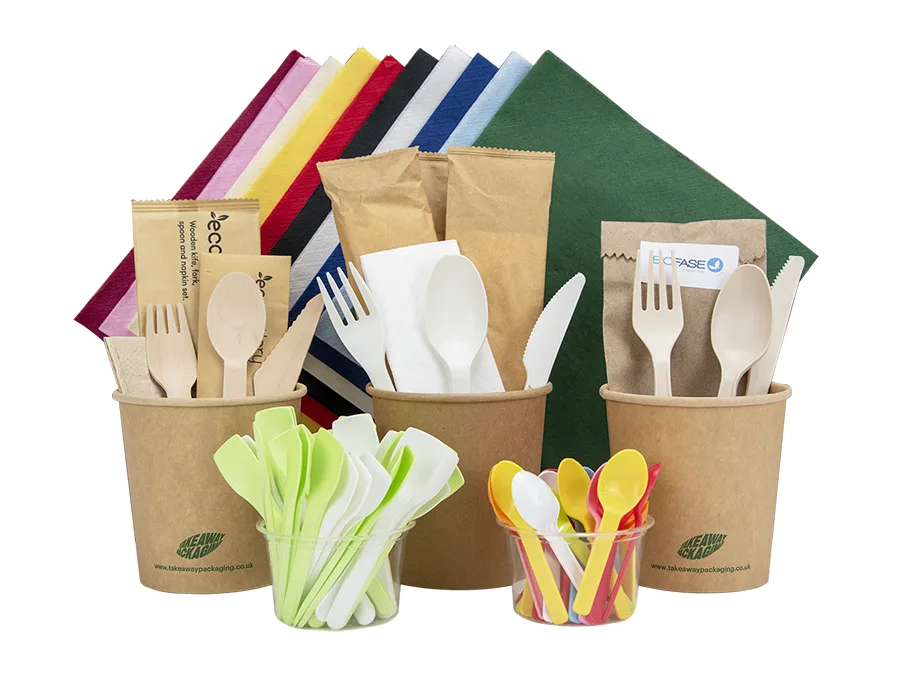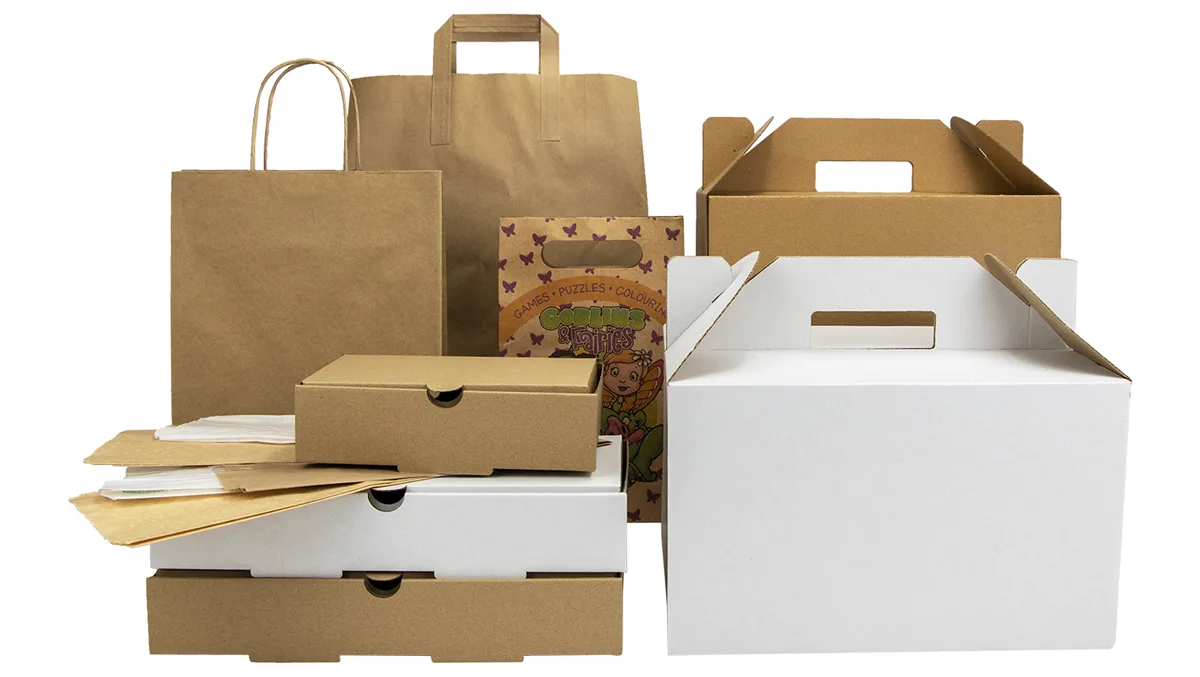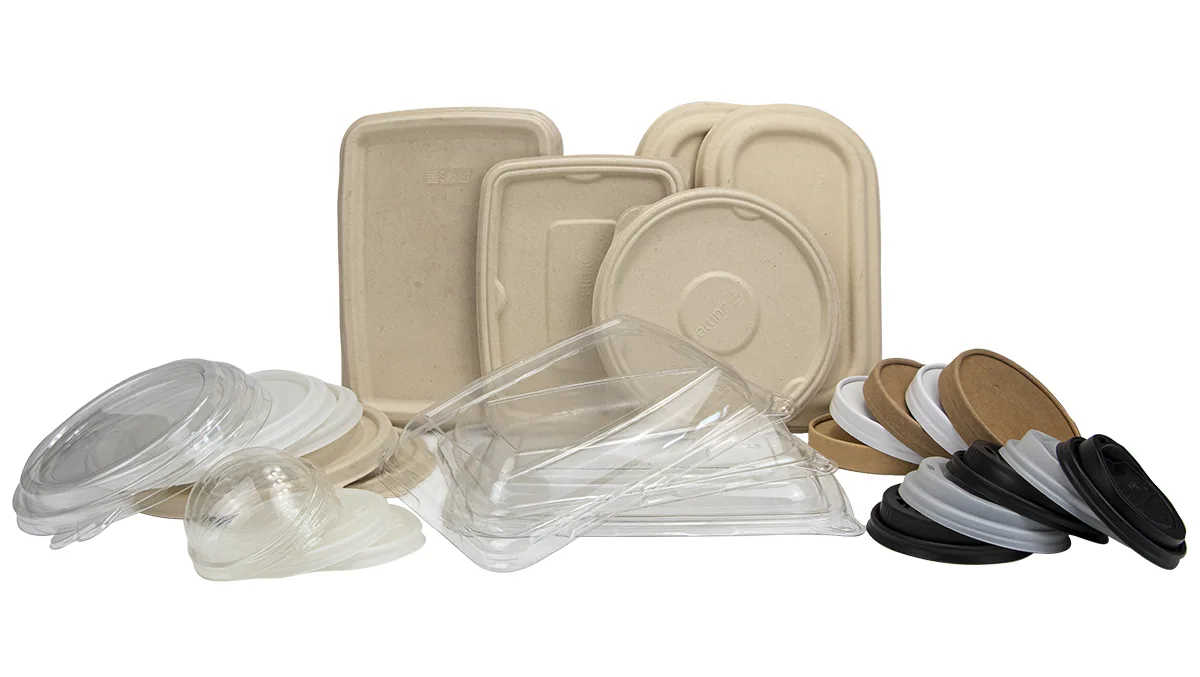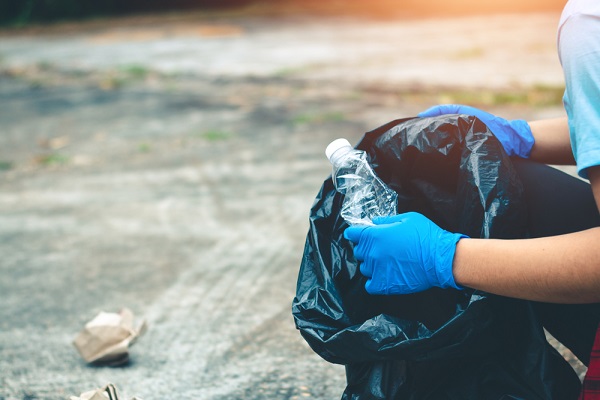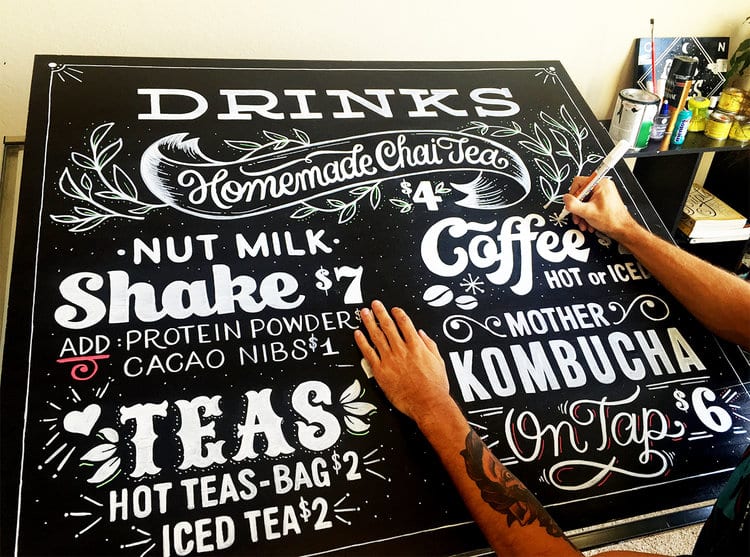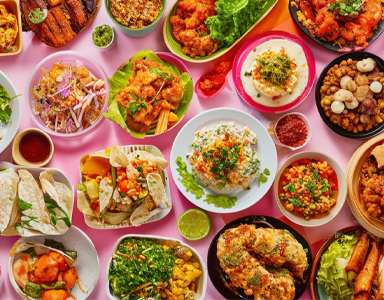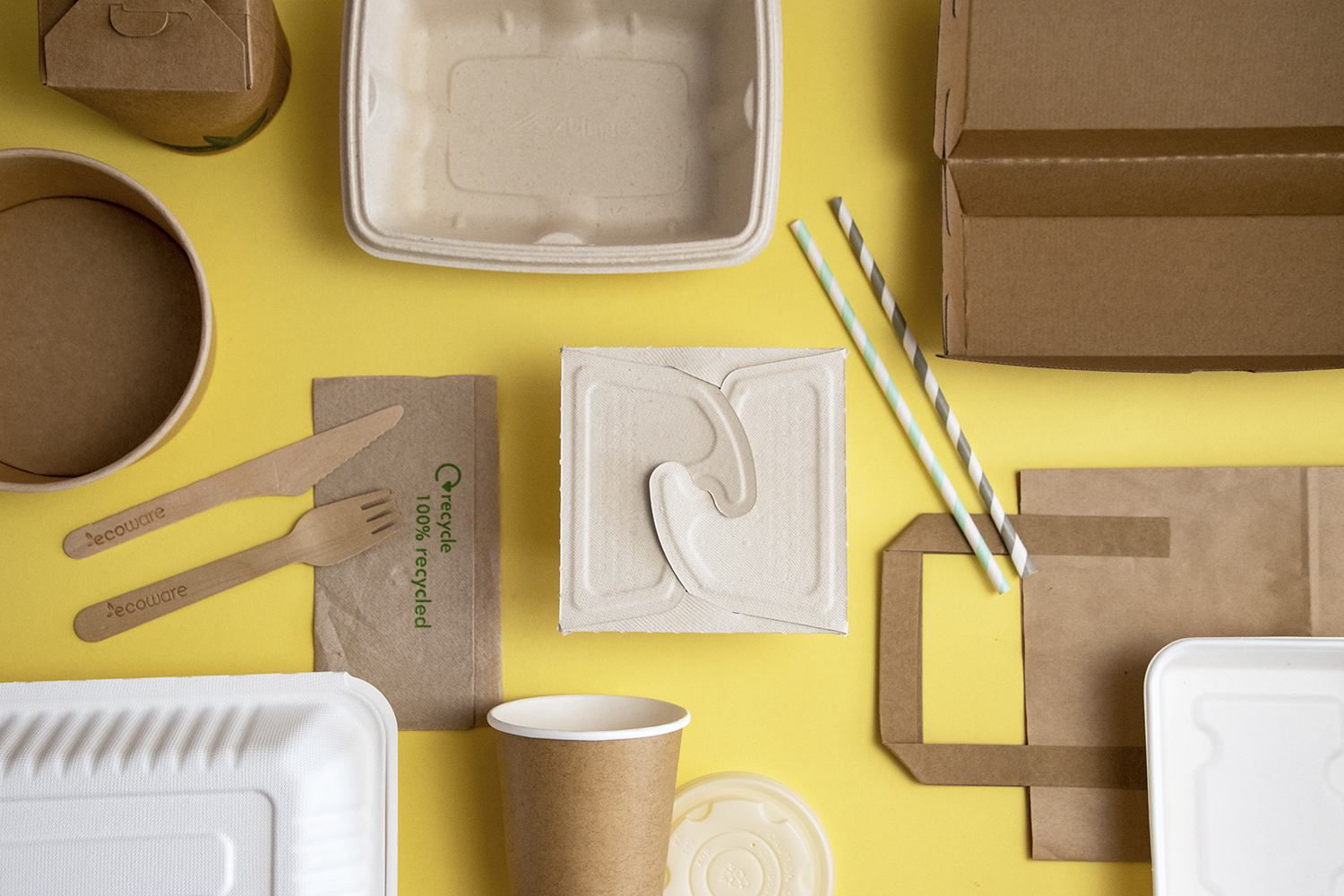Non-recyclable plastic creates a huge environmental problem that needs to be addressed by businesses and consumers alike.
We’ve all seen harrowing images of wildlife and oceans affected by plastic waste. We’ve also seen the pledges by big-name brands to reduce their plastic packaging production and usage. While it’s been reported that multinational companies aren’t doing enough to tackle the problem, it’s clear that a serious global issue exists.
What’s not so clear is how we deal with non-recyclable packaging. After all, there are only so many ways that non-recyclable plastics can be reused. Is throwing it away the right thing to? If it can’t yet be recycled, what can you do with non-recyclable materials?
What Can You Do with Non-recyclable Plastic?
There is a vast number of items we regularly use that can’t be recycled due to the kind of plastic the product or its packaging is made from. In most cases, it isn’t economically or environmentally viable to recycle plastics such as film lids, plastic bags or plastic wrapping such as cling film.
These kinds of plastics can clog the processing machinery at recycling facilities, interfering with the recycling process. It’s for this reason that it’s actually better to dispose of these kinds of non-recyclable plastics in your general waste rather than your recycling bin, as uneconomical as this practice may seem.
Which Plastic Cannot Be Recycled?
It’s quite simple to figure out which plastics can’t be recycled. Keep your eye out for signs and symbols that indicate whether or not your salad, snack or sandwich is packaged using recyclable materials.
It’s also handy to know about the classification system used to identify different plastics if you’re ever in doubt about whether your packaging can be recycled or not. All plastic products are accompanied by a Resin Identification Code (RIC) , a number between one and seven that describes the kind of polymer the plastic resin is made from.
Typically, products with numbers one and two can often be recycled, numbers three to six can sometimes be recycled, while products with number seven attached to them are rarely recyclable. It’s worth checking what your local council’s recycling scheme covers, as most will differ depending on the facilities available.
Recycling Plastic and Non-plastic Packaging
By opting for products that are packaged without plastic, you’re avoiding creating any unnecessary waste that’d otherwise end up in landfills. But if you’re looking to recycle as much of your household waste as possible, be aware that it’s not just plastics that cause recycling issues. Broken glass and oil-stained pizza boxes can’t be reused, but it’s labour-intensive for recycling plants to separate them from items that could otherwise be recycled.
In this instance, it’s not uncommon for recycling facilities to reject entire loads of perfectly recyclable packaging which has been deemed “contaminated” by these non-recyclable items. This means that even the most diligently cleaned food packaging that’s ripe for recycling is thrown out with the other contaminated waste, ending up in landfill sites across the country. To avoid this from happening, make sure to only recycle clean and sanitised packaging. Otherwise, you might be doing more harm than good.
What Happens to Non-recyclable Plastic?
Nearly all non-recyclable plastics end up in landfills — along with a large percentage of contaminated recyclable packaging. This is a major problem because most plastic products take hundreds of years to decompose. As these materials start to degrade, they leak harmful chemicals back into the environment, making their impact on the planet doubly worse.
Plastic waste also ends up in the oceans, causing a great deal of harm to marine life. Waste from boats is responsible for almost half of the pollution in the North Pacific Garbage Patch, but wastewater, wind, rain and floods carry plastic waste from the land into the oceans, especially lightweight items, such as plastic bags, straws, cotton buds and food packaging.
Plastic Pollution and Non-recyclable Materials
The bad news is that there’s no practical way to deal with non-recyclables other than reusing them or disposing of them properly in general waste.
It’s not all doom and gloom though. Scientists are working on implementing plastic-eating enzymes that can dramatically speed up the decomposition process of plastic bottles, reducing the significantly damaging effects of overfilled landfills. But that doesn’t mean we’re totally off the hook, the key to making progress is to be proactive about our consumption of plastics and other non-recyclable waste.
Until single-use plastics are eradicated, it’s unrealistic to boycott all of the everyday items that we rely on. Some plastics can be useful and shouldn’t be disregarded — not until we have cost-effective, reliable and sustainable solutions — but there are plenty of viable alternatives for some of our most commonly used items.
Many of these alternatives have many practical and environmental benefits, like our range of eco-friendly takeaway packaging, perfect for all kinds of takeaway food and drinks products.
What Is the Future of Plastics and Non-recyclables?
The government encouraged businesses and consumers to curb their plastic usage with the introduction of the plastic bag tax — first introduced in 2015 — which is set to double in 2021.
This legislation puts more emphasis on reusable bags, helping to reduce the amount of single-use plastics that need to be created. The sale of single-use plastics such as cotton buds, straws and drink stirrers are also to be banned in 2021, further reducing the amount of single-use plastic items in circulation.
With more similar plastic bans on the way and the most recent introduction of the EU plastic tax, it’s safe to say that plastics — recyclable and non-recyclable — are on the way out (and good riddance).
How Can You Reduce the Amount of Plastic?
Until we’re completely free of plastics, avoiding them altogether can be a challenging task. But there are several realistic and easily manageable suggestions you can start today:
1. Avoid Buying Bottled Water
Plastic water bottles make up a huge percentage of the total global plastic waste, but there are plenty of reusable water bottles available to buy, most of which are made from a variety of eco-friendly, recycled and recyclable materials. You can start reducing your plastic consumption simply by taking your reusable water bottle with you when you’re out and about, saving you money on buying bottled water and reducing plastic waste, recyclable or otherwise.
Over 20 thousand businesses are operating as “Refill Stations” in the UK, including brands such as Costa, Starbucks and Greggs, so keep your eye out for the Refill logo for places that’ll help you stay hydrated without creating unnecessary waste.
2. Get a Reusable Coffee Cup
All kinds of coffee shops welcome customers to bring in their reusable coffee cups. Not only does it save businesses money on extra packaging costs, but it also helps to reduce waste. Plus, you can usually get a discount on your purchase by using your own reusable hot drinks container, something offered by most of the major coffee shop chains as well as independent businesses. Before you know it, your new sustainable coffee cup is paying for itself.
3. Start Using Alternatives for Food Preservation
As mentioned, most recycling facilities won’t accept cling film for recycling as it can cause issues with the recycling machinery. But, it’s also been documented that plastic food containers — like those used by takeaway outlets — can harbour bacteria and even leak plastic particles into the food you’re reheating, which isn’t good news. They’re also frequently recycled without being cleaned out properly, meaning that contamination can lead to more recyclable materials going to waste.
Glass food containers are much sturdier and more durable than potentially harmful plastic takeaway tubs, while wax wraps make an excellent eco-friendly alternative to cling film that can be reused again and again.
4. Avoid Products Containing Microbeads
The government first pledged to ban plastic microbeads in September 2016, following a ban in the US in 2015. The ban is now in force after it was discovered that thousands of tonnes of plastic microbeads from exfoliating face scrubs and toothpaste washed into the sea every year, causing a great deal of harm to marine life that ingest these tiny plastic particles.
This new legislation means that you can’t buy products that contain these tiny-but-terrible microplastics in the UK, but it’s worth keeping an eye out for products containing harmful plastics abroad
5. Try Out Tote Bags
Plastic bags create a huge amount of avoidable landfill waste and don’t go the distance in terms of usage, usually perishing within only a few uses. That makes eco-friendly tote bags a must-have item for anyone who wants to do their bit to help reduce plastic waste. They’re fairly cheap, will last you a long time and have the benefit of being 100 per cent biodegradable.
6. Get Loose with Your Fruit and Veg Shopping
Loose produce is no different from the fruit and vegetables covered in layers of plastic. Supermarkets are slowly reducing their use of single-use plastics in the sale of fresh produce, but many have a long way to go before they’re having an impact. Be kinder to the planet and opt for loose fruit and vegetables that aren’t pre-wrapped in plastic. Use paper bags to carry your goods when necessary — paper is much less harmful to the environment due to its natural biodegradable properties.
How to Deal with Non-recyclable Plastic
The best way we can deal with non-recyclable materials is by reducing our consumption and avoiding these kinds of packaging altogether.
The good news is that there are plenty of easy ways to reduce plastic consumption without completely changing the way we live our lives. All that’s required is a greater consciousness of packaging waste that’s inevitably created as we consume all kinds of products. After all, packaging serves a valuable function, keeping our products protected and produce fresh. By following the steps outlined above, we can all work towards a greener future.
How Businesses Can Help Save the Planet
The best way businesses across all industries can help consumers is by encouraging the use of eco-friendly packaging. Educating customers about the benefits of using reusable, recyclable, biodegradable and compostable materials for everyday items like takeaway food is not only a great way to help people protect the environment, but also makes an effective marketing angle.
Allowing consumers to help save the planet with their purchase of sustainably sourced products and packaging is the perfect way to win eco-conscious customers, raise brand awareness and make people think about the future they want. You can start today with our awesome range of environmentally friendly packaging for all kinds of takeaway food products available in our online shop.
Are you ready to start ditching the plastic and start going green? Explore our range of eco-friendly takeaway packaging products and discover a new realm of possibilities for a much greener future.
Updated March 2021


